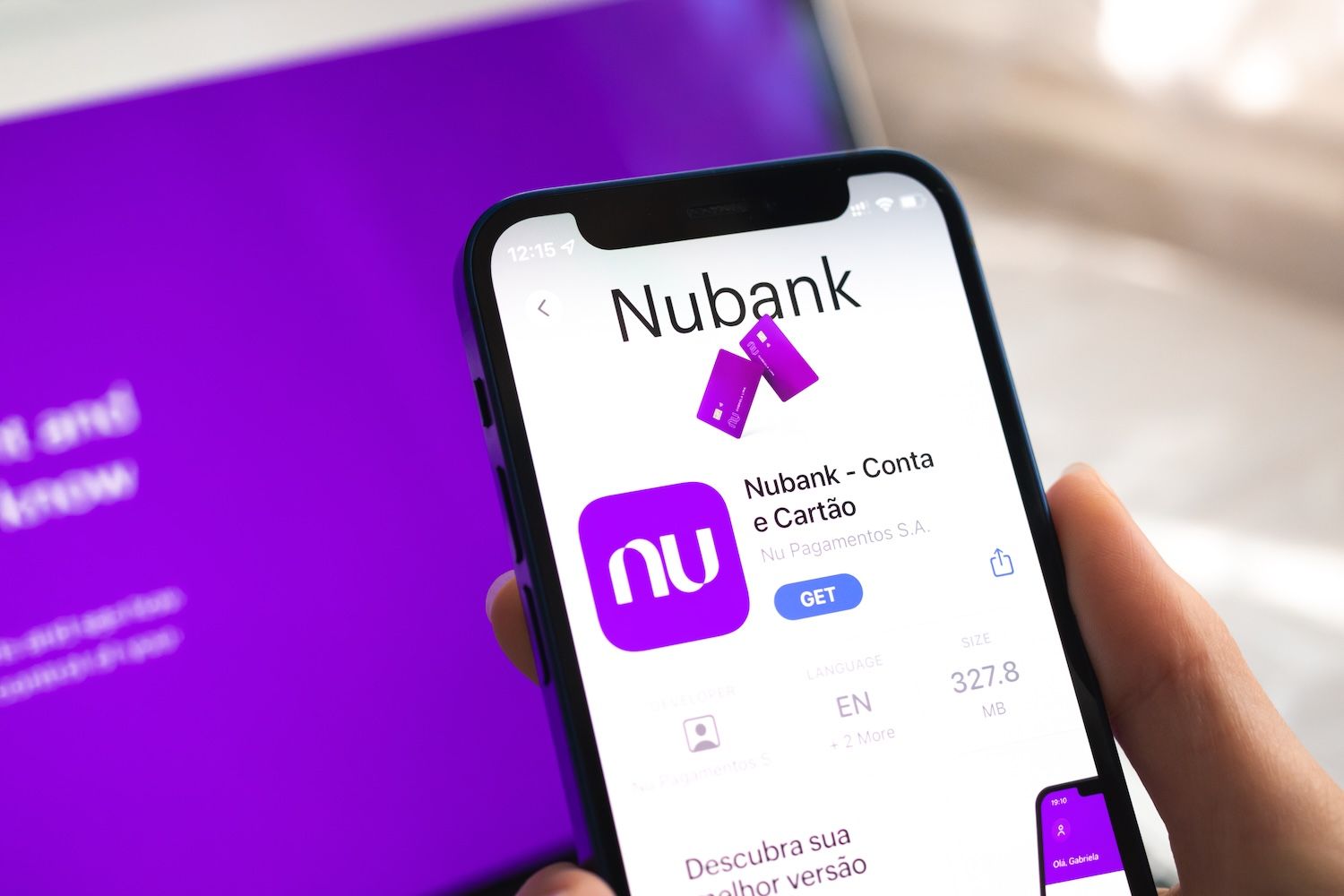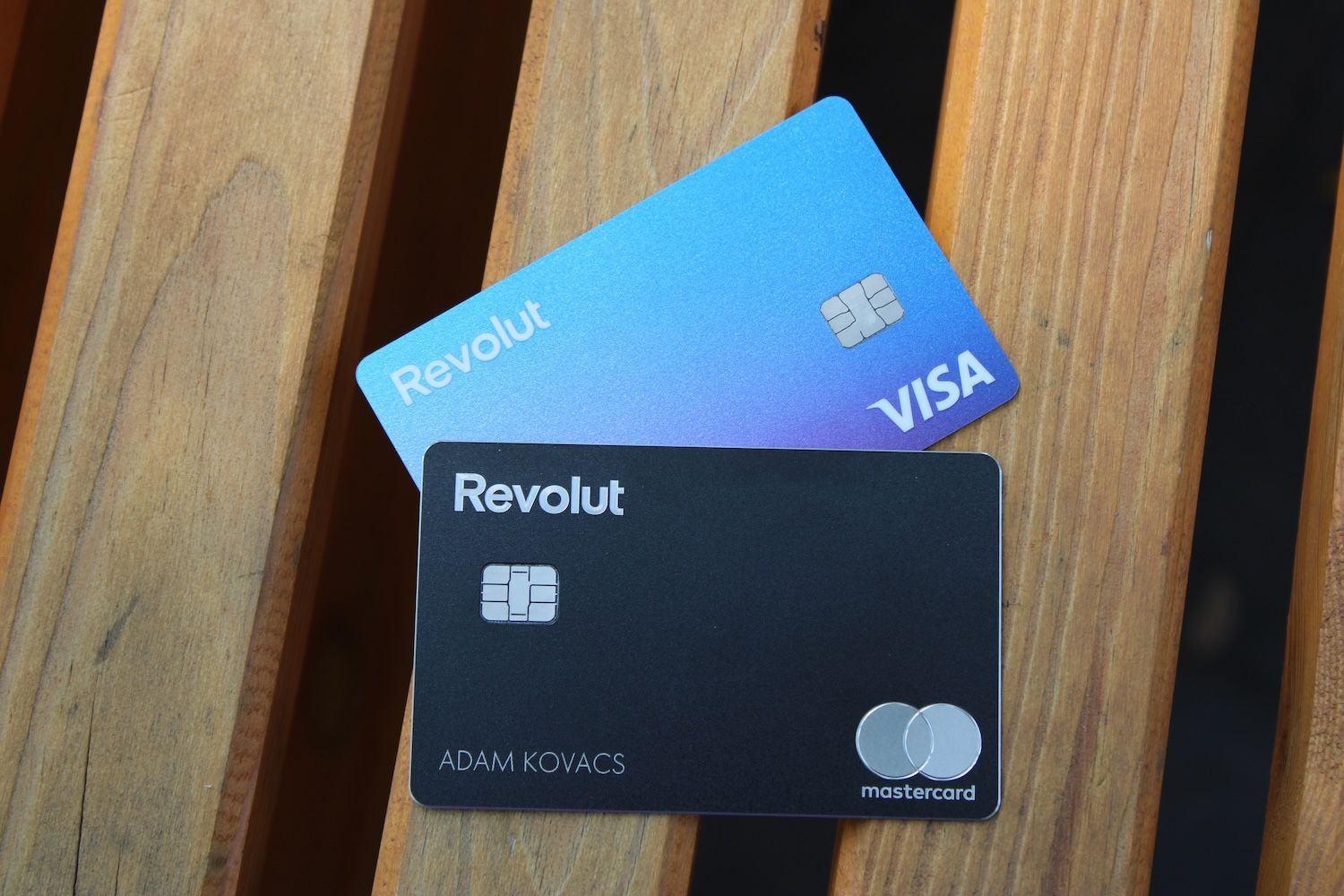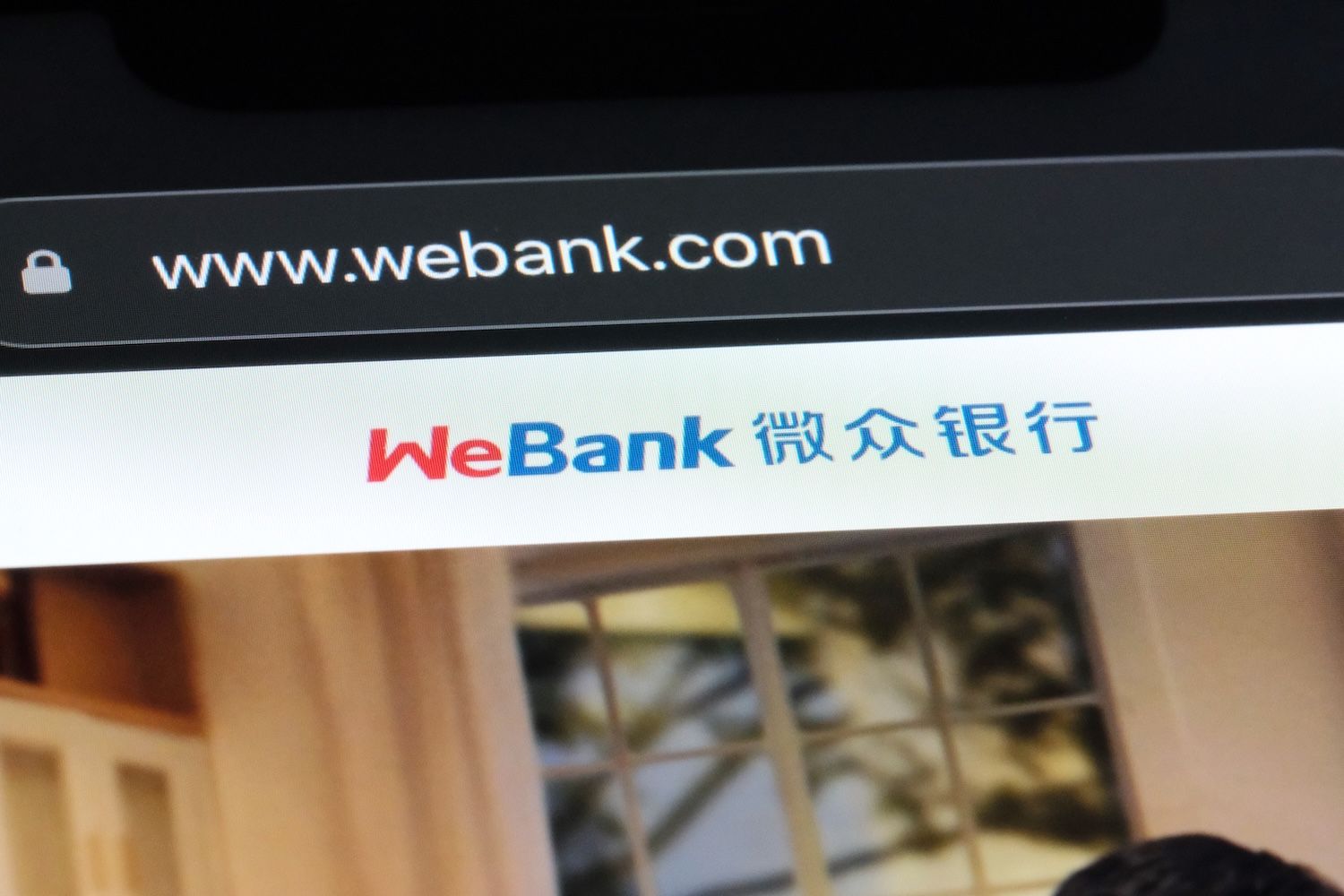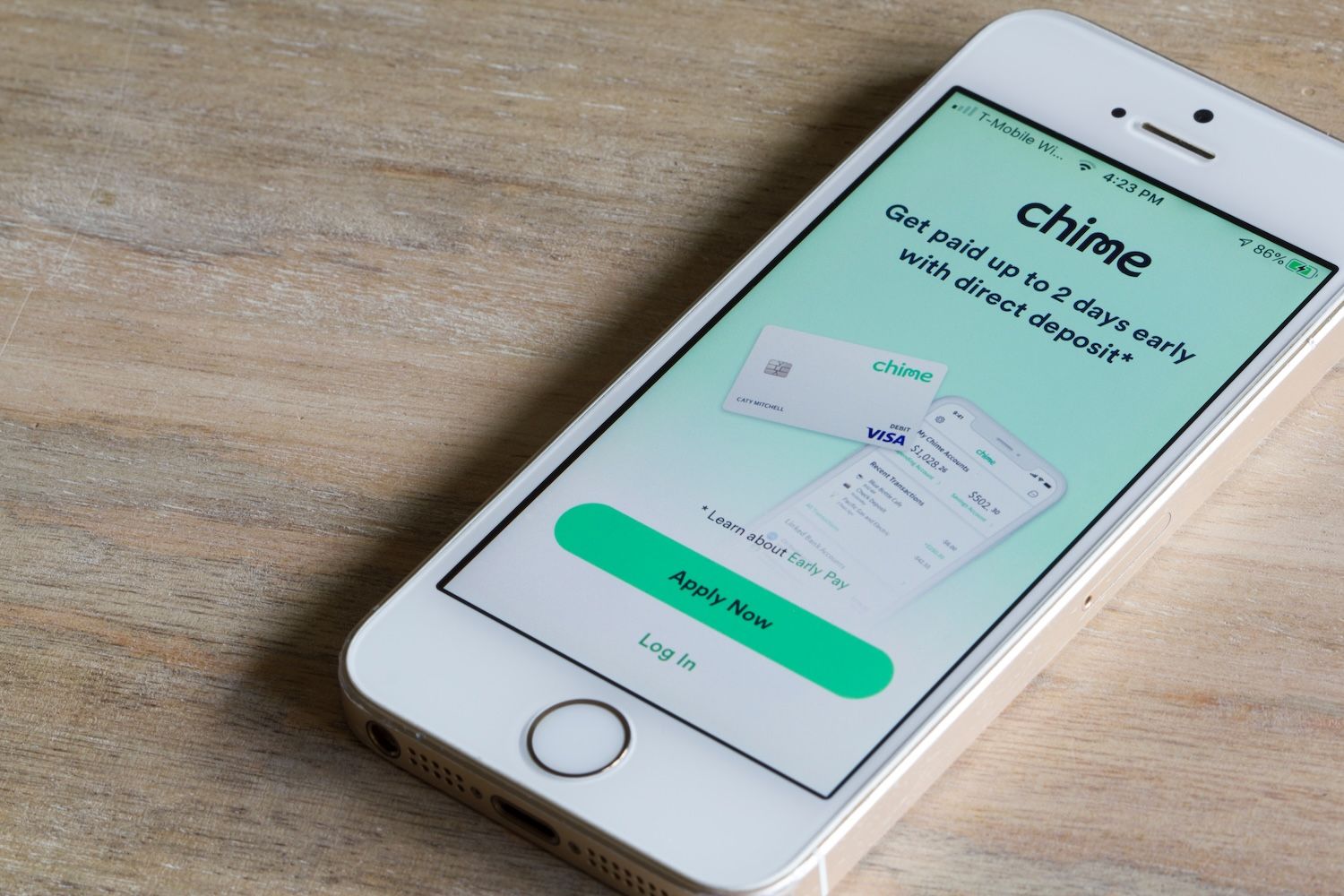Over the past decade, neobanks – fully digital challenger banks – have evolved from fintech upstarts into some of the financial industry’s most influential players.
Born in the mobile internet era, these banks without brick-and-mortar branches have attracted hundreds of millions of customers globally. In regions from Europe to Asia to the Americas, neobanks are offering a modern banking experience that resonates with tech-savvy consumers and people long underserved by traditional banks.
Their rise is redefining how individuals manage money, make payments, and access credit in the 21st century.
This rapid ascent of neobanks has been fueled by a perfect storm of factors. Customer frustration with traditional banks – from high fees to clunky apps – created an opening for digital-first alternatives. Venture capital and tech investors poured billions into fintech startups with bold visions to “reinvent banking.”
Meanwhile, smartphone adoption and internet connectivity spread across the globe, giving these app-based banks a vast addressable market with low customer acquisition costs. By leveraging technology and data, neobanks have been able to scale up at rates unimaginable for legacy banks, reaching valuations in the tens of billions of dollars within just a few years.
As of 2025, neobanks collectively serve over 600 million customers worldwide, with major players like Nubank, WeBank, and Revolut leading the surge. Despite their rapid growth, neobanks still account for less than 5% of the global banking market share by assets under management, though their influence continues to rise rapidly in both developed and emerging markets.
In this article, we profile the world’s top five largest neobanks by market capitalization as of 2025.
What Are Neobanks?
Neobanks are digital-native banks that operate primarily (or exclusively) through mobile apps and online platforms instead of physical branch networks. Unlike traditional banks, neobanks have no legacy IT systems or costly branch infrastructure to maintain.
This means they can offer banking services – like checking and savings accounts, payments, and loans – with lower fees and a slick user experience designed for smartphones. In essence, a neobank lets customers carry an entire bank in their pocket.
Crucially, neobanks differ from traditional banks in their tech-driven approach and business models.
They tend to use modern cloud-based systems and agile development practices, enabling them to roll out new features and updates far faster than old-school banks. Many neobanks use advanced analytics and artificial intelligence to personalize services or assess credit risk in innovative ways. Account opening and onboarding are typically done through an app in minutes, a stark contrast to the paperwork and waiting time often involved with legacy banks. The ethos of neobanks is to remove the pain points of banking – whether that’s eliminating hidden fees, offering 24/7 in-app customer support, or providing real-time notifications and insights into spending.
Most neobanks started by focusing on a specific niche or product to attract customers. For example, some began with prepaid cards or simple app-based checking accounts, targeting young adults or the underbanked who were overlooked by big banks. Others offered fee-free currency exchange for travelers, or high-interest savings accounts. By excelling in a niche, they built a loyal user base, and then gradually expanded their product suite. Today’s leading neobanks have grown into one-stop financial platforms offering not just basic accounts, but also loans, investments, insurance, and even lifestyle perks – all accessible through a single app.
Another hallmark of neobanks is their cost efficiency. Without branches and with leaner staffing (relying more on automation), neobanks have much lower operating costs per customer. This lean cost structure allows them to offer better rates and lower fees.
Regulation is another factor distinguishing neobanks. Some neobanks have acquired full banking licenses or charters (or partnered with existing banks) to hold deposits and offer lending directly, while others operate under electronic money institution licenses or similar frameworks that come with lighter regulatory requirements.
As neobanks become systemically important in some markets, they increasingly have to meet the standards of traditional banks – a sign of their coming of age.
Top 5 Largest Neobanks by Market Cap (2025)
Below we profile the five largest neobanks in the world, measured by their market capitalization in USD (for publicly traded companies) or latest valuation (for private companies).
Each of these digital banks has not only achieved massive scale in customer numbers but also earned investor confidence reflected in multi-billion dollar valuations. They hail from a range of countries, underlining the global nature of the neobank revolution.
Nubank
Market Cap: ~$60 billion
Country: Brazil

Nubank is the world’s most valuable neobank and a pioneer of digital banking in Latin America.
Founded in 2013 in São Paulo, Brazil, Nubank started by offering a simple purple Mastercard credit card with no annual fee, managed entirely through a mobile app.
This was a radical departure in Brazil’s banking market, which had long been dominated by a few large banks known for charging high fees and providing poor customer service. Nubank’s charismatic founder and CEO, David Vélez, often recalls how his frustration with the cumbersome process of opening a bank account in Brazil inspired him to create a “customer-centric, fee-free” bank.
By addressing a huge consumer pain point, Nubank struck a chord with Brazil’s young, tech-savvy population and rapidly grew via word of mouth.
In its first few years, Nubank operated without a banking license, focusing only on credit cards. The strategy paid off: millions of Brazilians applied for Nubank’s purple card, eager to escape traditional banks’ charges.
The company then expanded into digital checking and savings accounts (with attractive interest rates), personal loans, and even insurance and investment products. By continually widening its product suite, Nubank deepened its relationship with customers. As of 2025, Nubank serves over 100 million customers across Brazil, Mexico, and Colombia – a staggering number that makes it one of the largest financial institutions in the Americas by customer count.
In fact, surveys indicate that nearly 30% of Brazilian adults now consider Nubank to be their primary bank, a testament to how deeply this neobank has penetrated the market in just over a decade.
Nubank’s rise has been marked by investor enthusiasm from around the globe. The company attracted high-profile backers like Sequoia Capital and Tencent in its startup days, and notably, in 2021 Nubank received a $500 million investment from Warren Buffett’s Berkshire Hathaway – a strong vote of confidence from one of the world’s savviest investors. Nubank went public on the New York Stock Exchange in late 2021, in one of the largest bank IPOs of that year. Upon listing, Nubank’s market capitalization soared to around $45 billion, briefly making it more valuable than Brazil’s biggest legacy bank. Since then, Nubank’s value has continued to climb; by early 2025 its market cap is roughly $60 billion, reflecting positive market sentiment as the company demonstrated growing revenues and its first steps toward consistent profitability.
A key factor behind Nubank’s success is its technology-driven, low-cost operating model. With no branches and heavy use of automation, Nubank’s cost-to-income ratio is dramatically lower than those of traditional banks. The Financial Times has noted that Nubank exemplifies how a digital model can “dramatically lower overheads” – the bank’s efficiency allows it to offer many free services while still scaling up rapidly.
Nubank reportedly spends only a few dollars to acquire a new customer (mostly through referrals and organic interest), compared to the much higher costs that incumbents face. This efficiency, combined with Brazil’s high interest rate environment, has enabled Nubank to start turning profits in its home market. By 2022, Nubank’s Brazilian operation became profitable, and the company overall has continued to improve its bottom line while still growing at breakneck speed.
Revolut
Market Cap: ~$48 billion
Country: United Kingdom

Revolut is Europe’s leading neobank and one of the highest-valued fintech companies in the world.
Launched in 2015 and headquartered in London, Revolut began as a travel-oriented money app offering customers a multi-currency account and an interchangeable debit card.
In its early days, Revolut’s standout feature was allowing users to spend and exchange money in different currencies at interbank exchange rates, with minimal fees – a huge draw for frequent travelers and expatriates tired of paying hefty foreign transaction fees to traditional banks.
This value proposition quickly attracted millions of users, and Revolut capitalized on the momentum by rapidly expanding its range of services. Today, Revolut’s app is often described as a “financial superapp.” It enables customers to do everything from everyday banking (budgeting, direct deposits, bill payments) to stock trading, cryptocurrency purchases, peer-to-peer payments, and more, all in one place.
Revolut’s growth has been explosive. By late 2024, Revolut reported over 50 million users worldwide, up from around 15 million just a few years prior.
The company has aggressively expanded beyond its UK base into the European Union (leveraging an EU banking license obtained via Lithuania), and further into markets like Japan, Australia, and the United States. The neobank’s user base spans over 35 countries.
Revolut’s CEO and co-founder, Nikolay Storonsky, a former investment banker, has pursued global expansion with a relentless pace. This includes launching localized versions of the app, obtaining licenses in various jurisdictions, and tailoring services to new markets (for example, integrating with Japan’s domestic payment systems or supporting U.S. stock trading for American users).
Storonsky’s ambition is for Revolut to become “the Amazon of banking” – a one-stop platform for all financial needs, available to anyone, anywhere.
In terms of financial performance, Revolut has made significant strides that back up its lofty valuation. The company’s revenue has been climbing dramatically as it adds new fee-based services and its customer activity increases. Notably, Revolut turned profitable in 2021 on a yearly basis, and this trend only accelerated.
By 2024, Revolut announced a pre-tax profit of over £1 billion for the year – a milestone that confirmed its business model can generate serious earnings at scale. Revenues in 2024 roughly doubled from the previous year to about £3.3 billion, driven by growth across multiple streams: interchange fees from card transactions, subscription fees from its premium account tiers, foreign exchange fees, cryptocurrency trading spreads, and interest income from lending and deposits.
Investor confidence in Revolut is evident from its valuation trajectory. In its last funding round in 2021, Revolut was valued at $33 billion, making it the UK’s most valuable startup at that time. Since then, internal shareholder updates and secondary market interest have suggested an even higher valuation. By 2025, some estimates put Revolut’s implied market value at around $48 billion. Reports surfaced that in early 2025, Revolut even rebuffed a potential share sale that would have valued the company at an eye-popping $60+ billion, indicating that management and investors believe in further upside.
While still a private company, Revolut is frequently compared to its publicly listed peer Nubank. As of early 2025, Nubank’s market cap (around $60 billion) is somewhat higher, but Revolut’s growth rate in developed markets has led analysts to argue it could justify an equal or greater valuation in the future if it continues its trajectory. Revolut’s success has also minted its founders as fintech billionaires and has drawn prominent investors, including venture funds and companies like SoftBank and Tiger Global, which have poured capital into fueling its expansion.
Despite its success, Revolut has faced some growing pains and regulatory hurdles. The company has been awaiting a full UK banking license for an extended period – an application that has been closely watched by regulators due to concerns around compliance and risk controls as Revolut grew extremely fast.
The delay in obtaining this license in its home country (as of 2025) means Revolut operates under an e-money institution license in the UK, which somewhat limits its activities (for example, it can’t offer credit directly in the UK yet).
However, it has a European banking license and has launched credit products in a number of EU countries. Revolut’s management has invested in beefing up risk and compliance teams to meet regulators’ expectations. Observers say this is part of the maturation process of a fintech that is no longer small – Revolut must now meet the standards of a large bank. Incidents like a delayed filing of its 2021 financial accounts (due to auditing challenges) have drawn scrutiny, but so far the company has worked through them without major setbacks. In the long run, obtaining full banking licenses in key markets like the UK and US remains a priority that would unlock even more growth (allowing it to take insured deposits and lend more freely).
WeBank
Market Cap: ~$32 billion
Country: China

China’s WeBank is the largest digital bank in Asia and a trailblazer in purely branchless banking on an enormous scale.
Founded in 2014, WeBank holds the distinction of being China’s first online-only private bank. It was established by a consortium led by tech giant Tencent (the company behind the ubiquitous WeChat app), along with other partners, as part of a government pilot program to encourage internet-driven financial inclusion.
From its inception, WeBank’s model has been radically different from traditional Chinese banks: it operates entirely via digital channels, primarily through integrations with Tencent’s platforms, and it focuses on using technology to make small loans to individuals and small businesses quickly and efficiently.
Leveraging Tencent’s massive user base, WeBank has acquired customers at a pace unseen in Western markets. By 2025, WeBank reportedly serves hundreds of millions of customers in China – by some accounts over 300 million users have taken up its services, making it the world’s largest digital bank in terms of customer count.
This means WeBank has more customers than many of China’s “Big Four” state-owned banks, despite being just around a decade old. Its core offerings include high-yield savings accounts, payments, and personal and SME loans, all delivered through a smartphone interface. One of WeBank’s flagship products is a microloan service that provides consumer credit in seconds via the WeChat app, using AI-driven credit assessments.
This service has extended credit to tens of millions of users, many of whom are in segments that previously found it difficult to borrow from traditional banks (such as individuals without established credit history or small merchants).
In terms of market valuation, WeBank’s success has made it a heavyweight among privately-held fintech companies. It is often referred to as one of the world’s most valuable unicorns (startups valued over $1 billion). According to a 2024 report by the Hurun Research Institute, WeBank was valued around 235 billion Chinese yuan, roughly $32 billion USD, making it the 10th largest unicorn globally across all industries.
This valuation reflects both WeBank’s vast customer base and its profitability – notably, WeBank has been profitable for several years, a rarity among neobanks worldwide. Thanks to low operating costs and the high interest margins in its lending business, WeBank achieved early profitability just a few years after launch and continues to post robust earnings. Its return on equity would be enviable even for a traditional bank, demonstrating that a pure-digital model can be lucrative at scale.
WeBank’s close relationship with Tencent has been a critical ingredient in its growth. By being deeply embedded in WeChat – China’s superapp used for messaging, payments (WeChat Pay), and much more – WeBank gains access to an enormous pool of potential customers with very low friction. A user can, for instance, get a WeBank loan through a mini-program in WeChat without ever visiting a branch or filling out lengthy forms. Tencent’s data on social and payment behavior (subject to privacy rules) also helps WeBank underwrite loans in a novel way.
Using machine learning, WeBank can evaluate creditworthiness of young consumers or small businesses quickly, often extending microloans that are repaid via auto-deductions in the app. This focus on microloans and inclusivity aligns with Chinese regulators’ push to increase credit access for small enterprises and individuals lacking collateral. WeBank’s average loan sizes are relatively small, but by handling huge volumes with automation, it manages risk and scale effectively. The bank also offers deposit products and links to investment funds via the app, keeping customers within its ecosystem.
Another noteworthy aspect of WeBank is its contribution to technological infrastructure. The bank developed its own core banking system and has been a proponent of fintech innovation such as blockchain.
In fact, WeBank built an open-source blockchain platform (FISCO BCOS) that is used in various projects in China, from trade finance to charitable donation tracking. This signals that WeBank doesn’t see itself just as a bank, but as a tech company in finance, similar to how Western neobanks like to identify. WeBank’s President has emphasized the bank’s identity as a “tech-driven bank” and its commitment to research and development. In recent years, WeBank has even begun exporting its technology – for instance, partnering with financial institutions in other countries to share its fintech solutions, and exploring opportunities in fintech-as-a-service.
While less public-facing globally than Western neobanks, WeBank’s influence is significant. It proved that digital banks can scale to hundreds of millions of users and be profitable, essentially by aligning with a tech ecosystem (WeChat) that users already live in. Its success has spurred other Chinese tech firms to launch digital banks (for example, Ant Group’s MYbank is a comparable venture by Alibaba).
Chime
Market Cap: ~$25 billion (USD)
Country: United States

Chime is often hailed as America’s largest digital bank, known for its mission to provide low-cost banking to everyday people.
Founded in 2013 in San Francisco, Chime set out to challenge the hefty fees and complexities of the U.S. banking industry. Its formula was straightforward but powerful: a fee-free checking account, no minimum balance, a debit card with broad ATM access, and user-friendly features like getting your paycheck up to two days early via direct deposit.
From the beginning, Chime’s target audience was those frustrated by bank fees – including younger customers and households living paycheck-to-paycheck who could ill afford monthly maintenance charges or overdraft fees. By partnering with regional banks to hold deposits (rather than holding a full bank charter itself initially), Chime was able to offer accounts with FDIC insurance while focusing on delivering a slick mobile app experience.
By 2025, Chime has attracted well over 20 million customers, making it by far the largest neobank in the United States by user count.
This rapid expansion was aided by aggressive marketing and a period during the late 2010s when direct deposit of salaries into Chime accounts became trendy among gig economy workers and others looking to get paid faster. Chime’s “Get Paid Early” feature, which allows users to access their paycheck as soon as the employer’s payroll files come through (often two days before the usual payday), proved to be a huge draw.
Additionally, Chime introduced innovative features like SpotMe, which lets qualifying customers overdraft their account by a modest amount (e.g., $20, later increasing up to $200 for some) without incurring overdraft fees. These consumer-friendly features earned Chime a loyal following, particularly among millennials and Gen Z users seeking simplicity and fairness in banking.
Financially, Chime has been a venture capital darling. It raised multiple rounds of funding as its user base swelled, reaching a peak valuation of around $25 billion in 2021 amid a wave of enthusiasm for fintech. That made Chime one of the most valuable fintech startups in the world at the time, even surpassing the valuation of some mid-sized publicly traded U.S. banks. Chime’s main revenue source has been interchange fees earned whenever customers use their Chime debit cards – a model that relies on volume of transactions, given that Chime doesn’t charge monthly fees or overdraft fees.
This model, while scalable with enough users, meant that Chime operated on thin margins initially and reinvested heavily in growth. For several years, the company focused on acquiring users (often through hefty referral bonuses and marketing, including high-profile sponsorships like an NBA team partnership) and was not profitable.
However, as Chime matured, it started taking steps toward sustainable finances. The company reported over $1.7 billion in revenue for 2024, up roughly 30% from the previous year, thanks to its growing customer activity.
More importantly, Chime made significant progress in narrowing its losses. In 2023, Chime’s net loss was about $200 million – sizable in absolute terms, but much improved from a loss of nearly $500 million the year before.
By the first quarter of 2025, Chime achieved a major milestone: it turned a net profit for the quarter (around $13 million profit on $519 million quarterly revenue). This was a clear signal to the market that Chime’s business can generate earnings once scale is reached and costs are controlled. The improvement came from a mix of factors: user growth (more card transactions and thus more interchange revenue), introduction of new services (like a secured credit card product that can generate interest income and fees), and a pullback on some of the ultra-heavy marketing spend as Chime’s brand became established. Chime’s CEO, Chris Britt, has indicated that the company was focused on proving its unit economics and readiness to be a public company.
In fact, in 2025 Chime took the significant step of filing for an initial public offering (IPO), signaling that it is preparing to transition into a publicly traded company. This move had been anticipated for a couple of years, but market conditions and the company’s desire to shore up profitability delayed it. With the stock market rebounding and Chime showing a profitable quarter, the timing appeared right. The IPO, if successful, could give a clearer picture of Chime’s true market value.
SoFi
Market Cap: ~$14 billion
Country: United States

SoFi (short for “Social Finance”) is a U.S.-based neobank and fintech company that has carved out a unique space by offering a broad suite of financial services under one roof.
Unlike many neobanks that started with simple banking accounts, SoFi’s origins were in student loan refinancing. Founded in 2011 in California, SoFi initially helped university graduates refinance high-interest student loans at lower rates, using an innovative alumni-funded lending model. Over time, the company expanded into personal loans, mortgages, and investment products, eventually transforming into a comprehensive digital financial platform.
Today, SoFi offers checking and savings accounts, credit and debit cards, stock and crypto trading, robo-advisory investing, insurance, and more – a true one-stop-shop for personal finance. In 2022, SoFi even obtained a national bank charter in the U.S. (by acquiring a small community bank), which marked a pivotal point in its evolution from fintech startup to regulated bank holding company.
By 2025, SoFi has grown to serve over 5 million customers (or “members,” as the company calls them) and boasts a market capitalization around $14–15 billion. It’s one of the few neobanks that is publicly traded – SoFi went public in 2021 via a merger with a SPAC (Special Purpose Acquisition Company).
While its stock price saw ups and downs since listing, reflecting broader tech sector volatility, SoFi’s revenue growth has been consistently strong. In 2024, the company generated roughly $1.6 billion in total revenue, and this figure has been climbing at a double-digit pace annually as SoFi expands its offerings and cross-sells to its member base. Notably, SoFi’s decision to become a bank (through its subsidiary SoFi Bank) allowed it to start funding a larger portion of its loans with customer deposits instead of relying purely on wholesale markets. This strategy improved SoFi’s margins, since deposits are a cheaper source of funding for loans. By early 2025, SoFi had gathered over $10 billion in customer deposits, reflecting user trust in it as a banking home, not just a lending or investment app.
One of SoFi’s core strengths is its “flywheel” business model – the company aims to grab customers via one product and then encourage them to use multiple others within the SoFi ecosystem.
For example, a new graduate might come to SoFi to refinance a student loan, then open a SoFi Money checking account, then start investing through SoFi Invest, and perhaps later get a mortgage through SoFi – all managed through the SoFi app and website. SoFi’s CEO, Anthony Noto, has emphasized that providing a full spectrum of services is key to increasing lifetime value per customer.
The company actively promotes this cross-buy behavior by offering benefits like rate discounts on loans if you use direct deposit in a SoFi bank account, or additional rewards if you invest via SoFi. SoFi also differentiates itself by branding its customers as “members” and providing them with perks beyond banking: career coaching, financial planning sessions, referral bonuses, and even exclusive access to events (SoFi famously bought the naming rights to SoFi Stadium in Los Angeles, host of the 2022 Super Bowl, partly as a marketing move to boost brand awareness). All these efforts aim to build a holistic relationship with customers, fostering loyalty and engagement across the financial spectrum.
By late 2023, SoFi began reporting positive adjusted EBITDA (a measure of core profitability), and it has publicly guided that it expects to achieve GAAP net profitability by late 2023 or early 2024. Analysts largely agree that SoFi is on a credible path to hit sustained profitability, given its revenue growth and improving operating efficiency. In fact, a note from bank analysts at KBW in mid-2024 struck an upbeat tone, stating that SoFi had “laid the groundwork for several years of industry-leading revenue growth,” thanks to its expanded bank capabilities and diverse business lines. Becoming a bank has not slowed SoFi down – instead, it unlocked new growth.
Since Anthony Noto (a former Twitter COO and Goldman Sachs banker) took the helm in 2018, SoFi has refocused and aggressively expanded. One major external challenge hit in 2020–2021: a U.S. federal moratorium on student loan payments (as part of pandemic relief) dampened a key segment of SoFi’s business for nearly two years. SoFi responded by diversifying even faster into areas like personal loans, investing, and banking, thereby lessening its reliance on student loan refinancing.
As that moratorium lifts in 2025, SoFi actually stands to benefit from the normalization, as many borrowers will once again look to refinance student debt – potentially giving SoFi’s original business a second wind.
Another distinctive aspect of SoFi is that it is not just a consumer-facing app, but also a technology provider to other fintechs and banks. SoFi has a division called SoFi Technologies that includes Galileo (a payment processing platform acquired in 2020) and Technisys (a core banking software provider acquired in 2022). These B2B services power the backend of numerous fintech apps and even some traditional financial institutions. This means SoFi is somewhat akin to an “AWS of fintech” on top of being a consumer bank.
As of 2025, SoFi finds itself in a leadership position among U.S. neobanks. With a market cap around $14 billion, it’s not as highly valued as the private-market heights of Chime or the global scale of Nubank or Revolut, but it has something none of them have yet: the credibility of being a public company with a bank charter and diversified revenues. SoFi’s stock trades on the NASDAQ, offering a level of transparency into its performance that allows for apples-to-apples comparisons with traditional banks. So far, SoFi’s price-to-revenue multiples suggest the market views it as a high-growth tech-infused bank. The coming years will test whether SoFi can fulfill the high expectations of growth and profit.
Closing Thoughts
The rise of neobanks has been a transformative force in global finance.
In little more than a decade, these digital-only banks have grown from fringe experiments into mainstream institutions serving tens of millions of people and commanding valuations on par with century-old banking groups. Through a relentless focus on technology, user experience, and underserved markets, neobanks have expanded access to financial services and driven incumbents to raise their game.
The top five neobanks we profiled – Nubank, Revolut, WeBank, Chime, and SoFi – exemplify both the achievements and the ambitions of this sector. Each started with a bold idea to fix what was broken in traditional banking, whether it was exorbitant fees, poor service, or lack of access.
Through innovation and sheer execution, they grew at astonishing speed, proving that customers were ready for a different kind of relationship with their money. Along the way, these companies also had to prove that the flashy growth could translate into viable business models. As of 2025, we see clear evidence that it can: several neobanks are now profitable, and all five of the leaders are financially stronger and operationally wiser than their early startup days.

